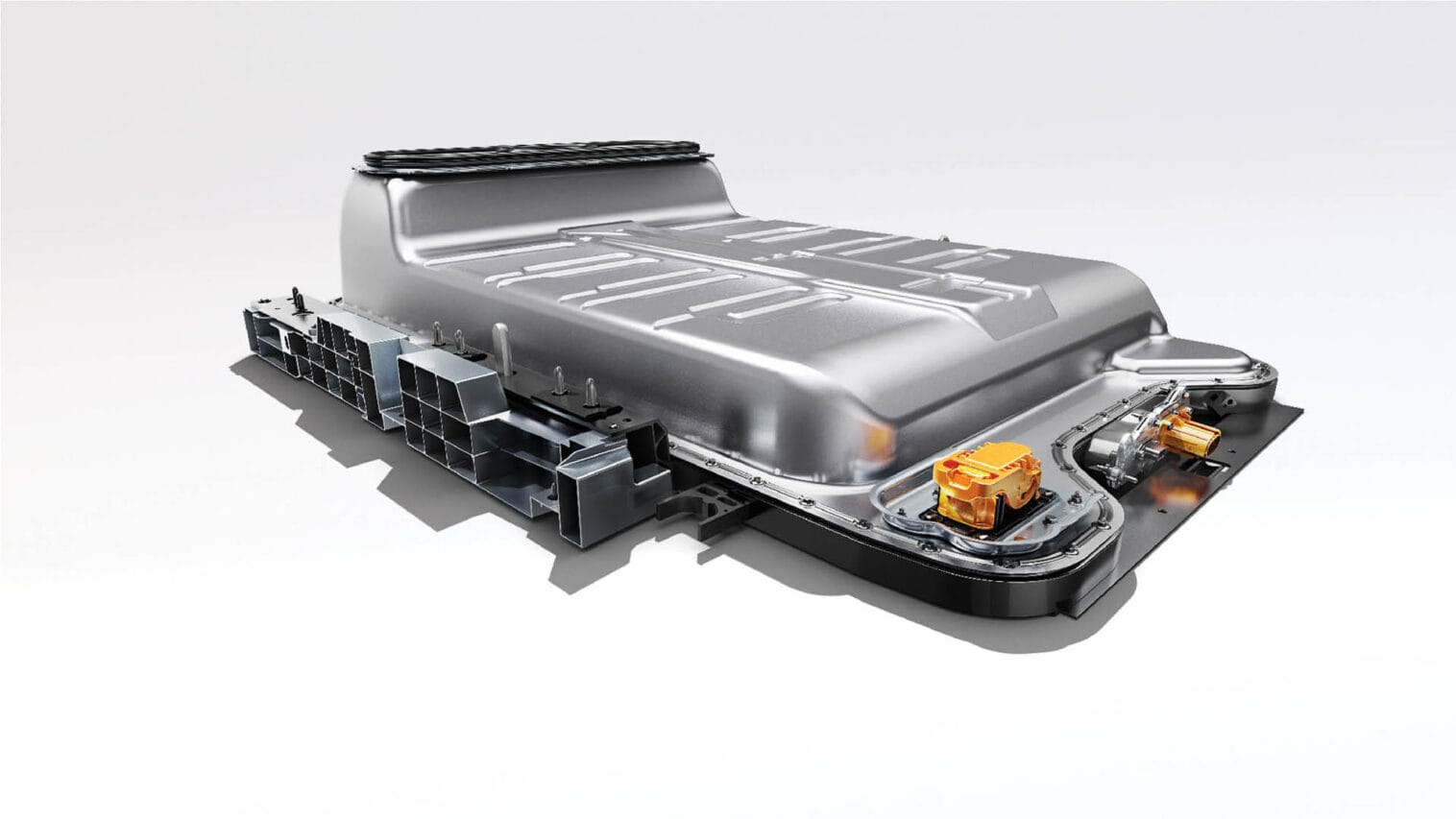
Second-life batteries, also known as used electric vehicle (EV) batteries that are repurposed for energy storage applications, hold immense potential in revolutionizing the way we consume and generate electricity.
One of the major uses for these second-life batteries is in grid-scale energy storage projects. As renewable energy sources like solar and wind continue to grow, there is a need for cost-effective and efficient energy storage solutions to balance the intermittent nature of these sources. Second-life batteries can provide a greener alternative by storing excess energy generated during peak times and releasing it when demand is high or when renewables are not producing enough power.
Reusing second-life batteries from electric cars is an innovative and sustainable approach that can extend the useful life of these batteries beyond their initial application in vehicles. Here are several ways to repurpose second-life electric vehicle batteries:
- Energy Storage Systems:
Second-life batteries can be used in stationary energy storage systems. These systems can store excess energy generated from renewable sources, such as solar or wind power, and release it when needed. This helps to stabilize the electrical grid, manage peak demand, and increase the reliability of renewable energy sources.
- Backup Power Systems:
Integrating second-life batteries into backup power systems for homes, businesses, or critical infrastructure can provide an uninterrupted power supply during outages. This application is particularly valuable in regions with unreliable electricity grids.
- Off-Grid Power Solutions:
In remote or off-grid locations, second-life batteries can be used to store energy for standalone power systems. This is especially useful in areas where traditional power infrastructure is impractical or expensive to install.
- Electric Vehicle Charging Infrastructure:
Repurposed batteries can find a second life in charging stations for electric vehicles. They can store energy during periods of low demand and release it during peak demand, reducing the strain on the electrical grid and lowering overall infrastructure costs.
- Renewable Energy Integration:
Second-life batteries can support the integration of renewable energy sources into the grid by providing a buffer for intermittent energy generation. This helps smooth out fluctuations in energy supply and demand.
- Mobile Power Stations:
Mobile power stations equipped with repurposed electric vehicle batteries can serve as portable energy sources for events, disaster response, or construction sites. These systems provide flexible and sustainable power solutions on the go.
- Battery Recycling:
While not a direct reuse, recycling second-life batteries is an essential aspect of sustainable practices. Components of these batteries can be recycled, and valuable materials can be extracted for use in new batteries or other applications.
- Smart Grid Applications:
Second-life batteries can be integrated into smart grid systems, contributing to grid stability and efficiency. They can store excess energy during off-peak hours and release it during peak demand, reducing the need for additional power generation.
In conclusion, it's important to note that before repurposing second-life batteries, they need to be thoroughly evaluated and tested to ensure they meet safety and performance standards. Additionally, developing standardized interfaces and management systems can enhance the compatibility and efficiency of these repurposed battery systems. Collaboration between automakers, energy companies, and technology developers is crucial to advancing the reuse of second-life electric vehicle batteries.




